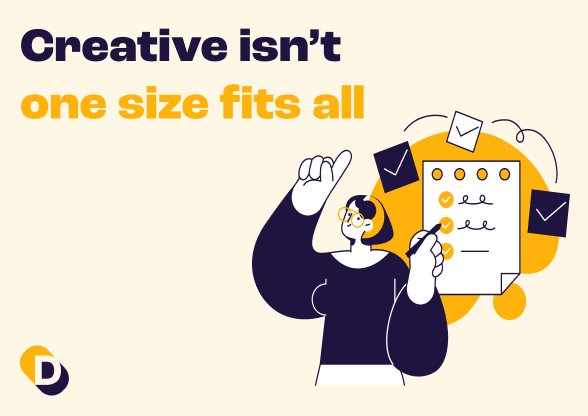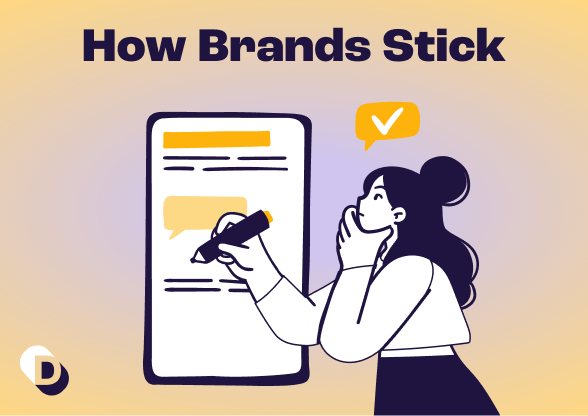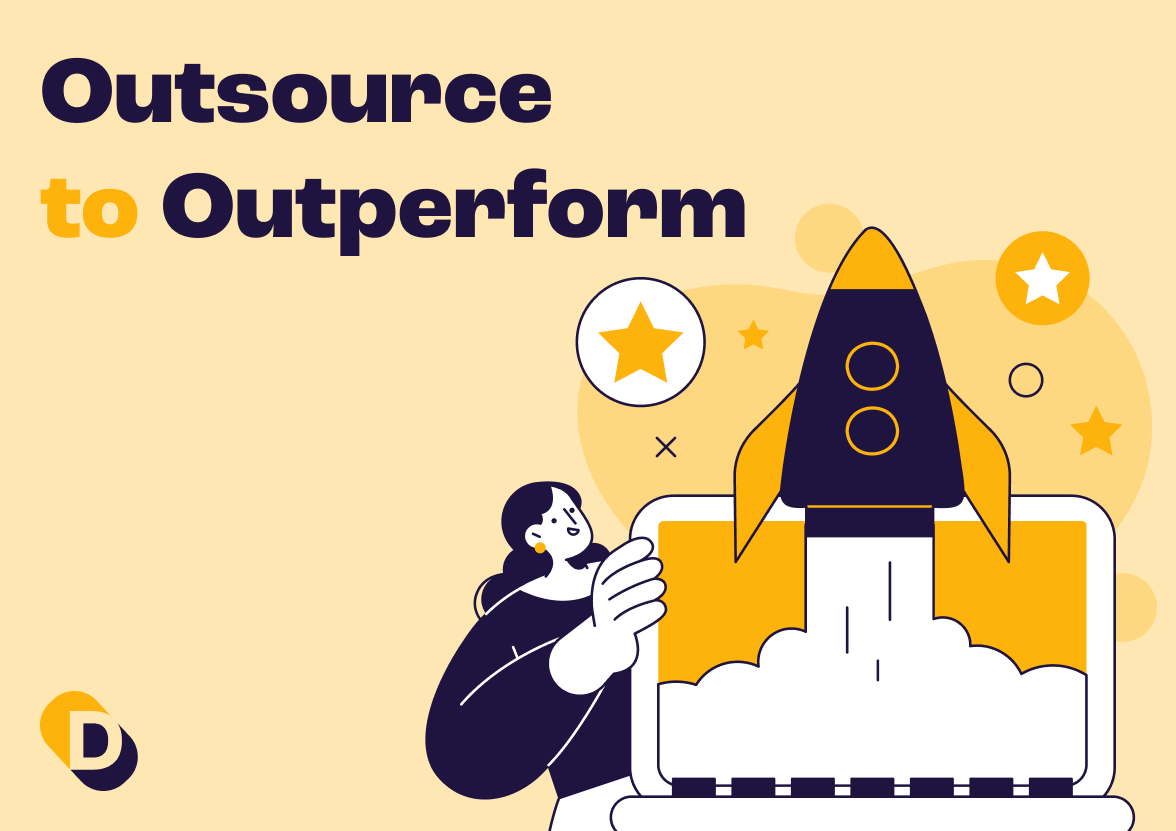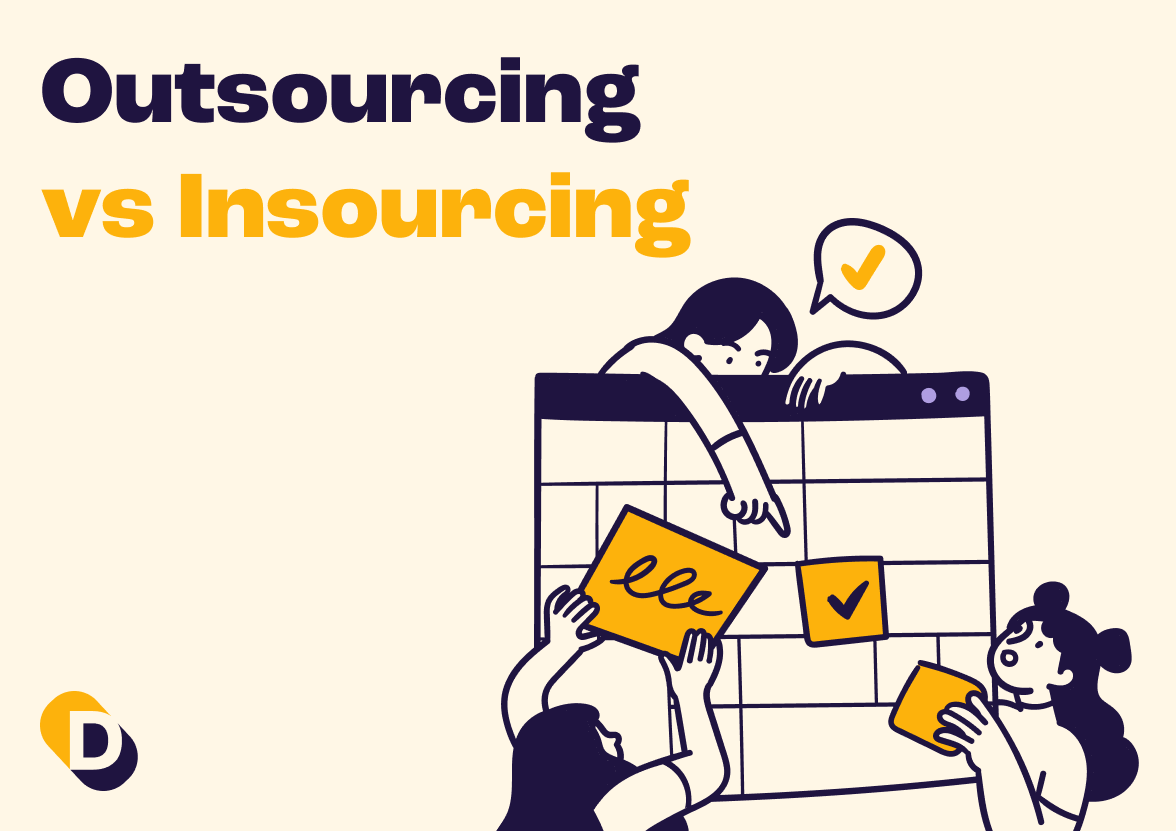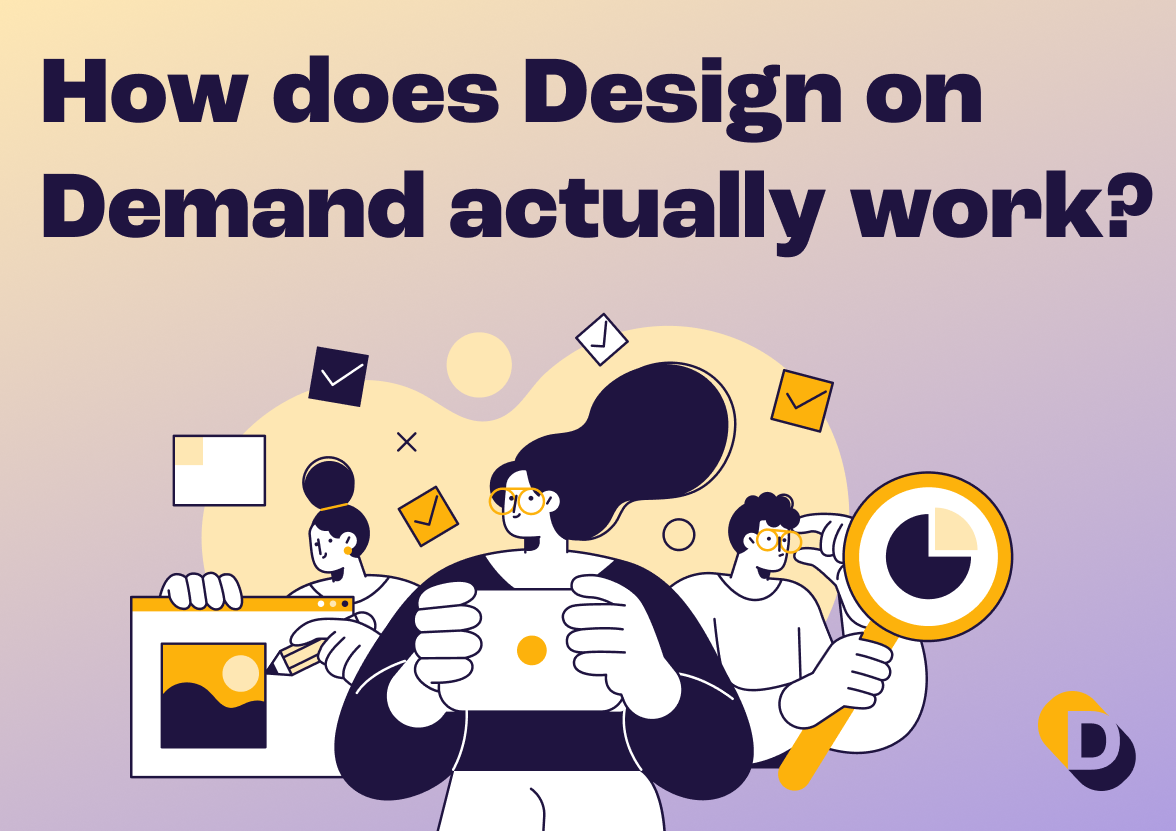The secret to a high quality design workflow
When an asset arrives in your inbox, it’s easy to forget the stages it has gone through to become the finished article. The quality of the asset often depends on the quality of your design workflow, so implementing a top-notch process is key.
While the approach varies from team to team, the introduction of a solid structure will help to improve efficiency, communication and ultimately drive better results.
Whether you’re a marketer, creative lead or someone simply looking for advice, here’s how you can enhance your design workflow from concept to completion.

What is a design workflow?
In order to unblock your own design workflow, firstly you need to understand what is meant by the term. In short, a design workflow is a series of steps that designers follow to complete a project.
This includes mapping out key tasks and milestones of the design process as well as identifying the intended outcome of those tasks.
The design process explained
At Tone, our design process is formed of six stages that have been refined over the last decade. From the initial acceptance of the brief to the final file handover, each stage highlights the importance of collaboration, organisation and review cycles.
Initial brief
The first step is to accept the brief from the client. For us, this will come through as a Typeform file to one of our Project Managers, who are responsible for adding the brief outline to our Dropbox before setting it up as a task in Teamwork. The Project Manager can arrange a call with the client to discuss any further details if required.
Purpose breakdown
Once we’ve received the brief, we’ll then dive deeper into its purpose. Why are we creating this asset? Who is the target audience? Where will it be used and in what format? How can we achieve success? These are just some of the questions we ask ourselves before starting on the design, meaning we have a vision from the get-go.
Reference building & research
Researching your brand and existing assets is essential in helping us tell your story through new materials. We also look at the visual content your target audience consumes, as well as the latest trends in the design and marketing worlds, to make informed decisions about what we should apply to the asset. Competitor research is a key part of this step too – how can we make your content stand out?
Design
With the research done, it’s time to design. A Project Manager will add a subtask to Teamwork and assign it to a designer, including the brief outline and any notes to ensure that everyone is on the same page. The designer will then get to work on a first draft and log the time they spend on it, providing updates on its progress.
Internal review & QA
Once an asset has been drafted by the design team, it then gets reviewed. We pride ourselves on providing the highest level of output, so every project runs through a detailed process to ensure it looks the part. Our three-tiered approach begins with a peer review and Project Manager overview to catch copy and other obvious errors. It’s then reviewed by a Senior Creative to ensure consistency to brand and best practice, before being signed off by a Design Lead for delivery.
Delivery
When the asset has been approved internally, we set up a client review and share this link with them. Once we’ve received feedback from the client, the Project Manager creates a new revisions subtask and assign it to the relevant designer. They will then work on the changes and get final approval from the client, who should have an asset that is right for its target audience, channel and purpose.
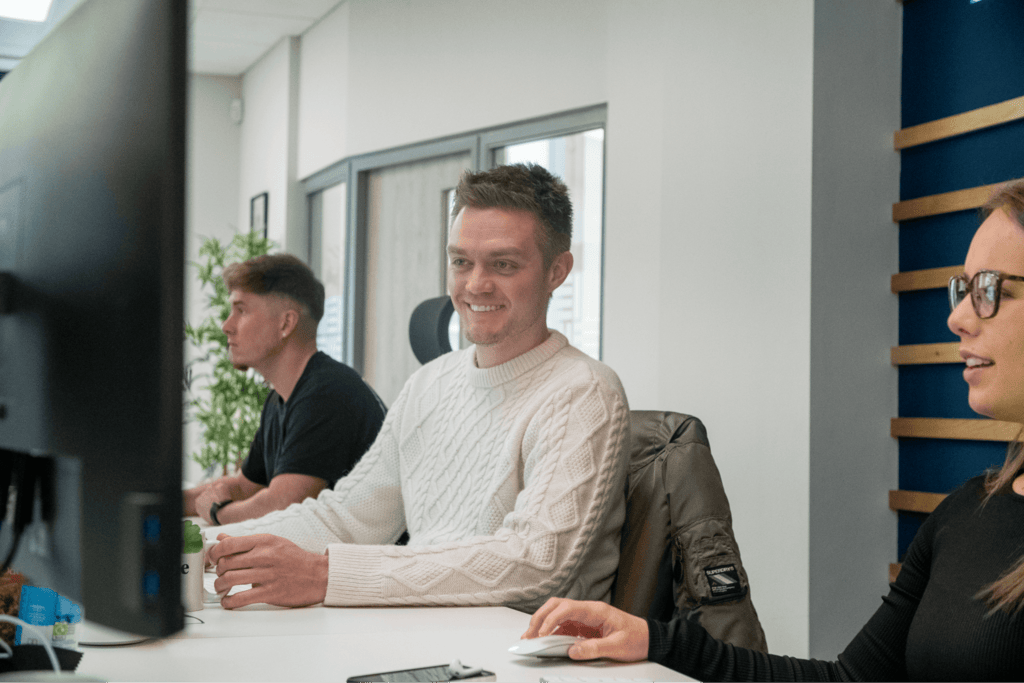
What are the benefits of an effective design workflow?
Whether you’re working on motion graphics, organic social assets or illustrations and infographics, having a slick workflow in place provides a host of benefits:
- Maximise efficiency – having a defined template to follow increases organisation and ensures that tasks are completed in a logical order.
- Manage expectations – creating a predictable sequence of steps allows agencies and designers to manage the expectations of their clients.
- Boost communication – a design workflow fosters collaboration among team members, establishing clear roles and responsibilities for each project.
- Stop bottlenecks – streamlining your processes will reduce the potential for hold-ups by removing unnecessary hurdles and making adjustments.
- Set standards – developing a strong design workflow helps to promote consistency and make sure that the quality of projects is maintained.
What are the challenges of a design workflow?
Depending on the scale of a project, designers and agencies can face several challenges when developing or fine-tuning their design workflow. From communication breakdowns to a lack of brand alignment, it’s important to acknowledge that when constructing a set of processes, it can pose challenges. The same applies when scaling your business, as it becomes more difficult to maintain oversight when new staff are onboarded and integrated into the team.
How can I improve a design workflow?
Dialling up your design workflow could mean assessing the current structure of your processes or incorporating feedback loops that allow clients to review a project’s progress. It could also involve introducing templates to save time and speed up the process, or going one step further by producing a stack of icons, fonts and graphics for each client that can be replicated across multiple projects.
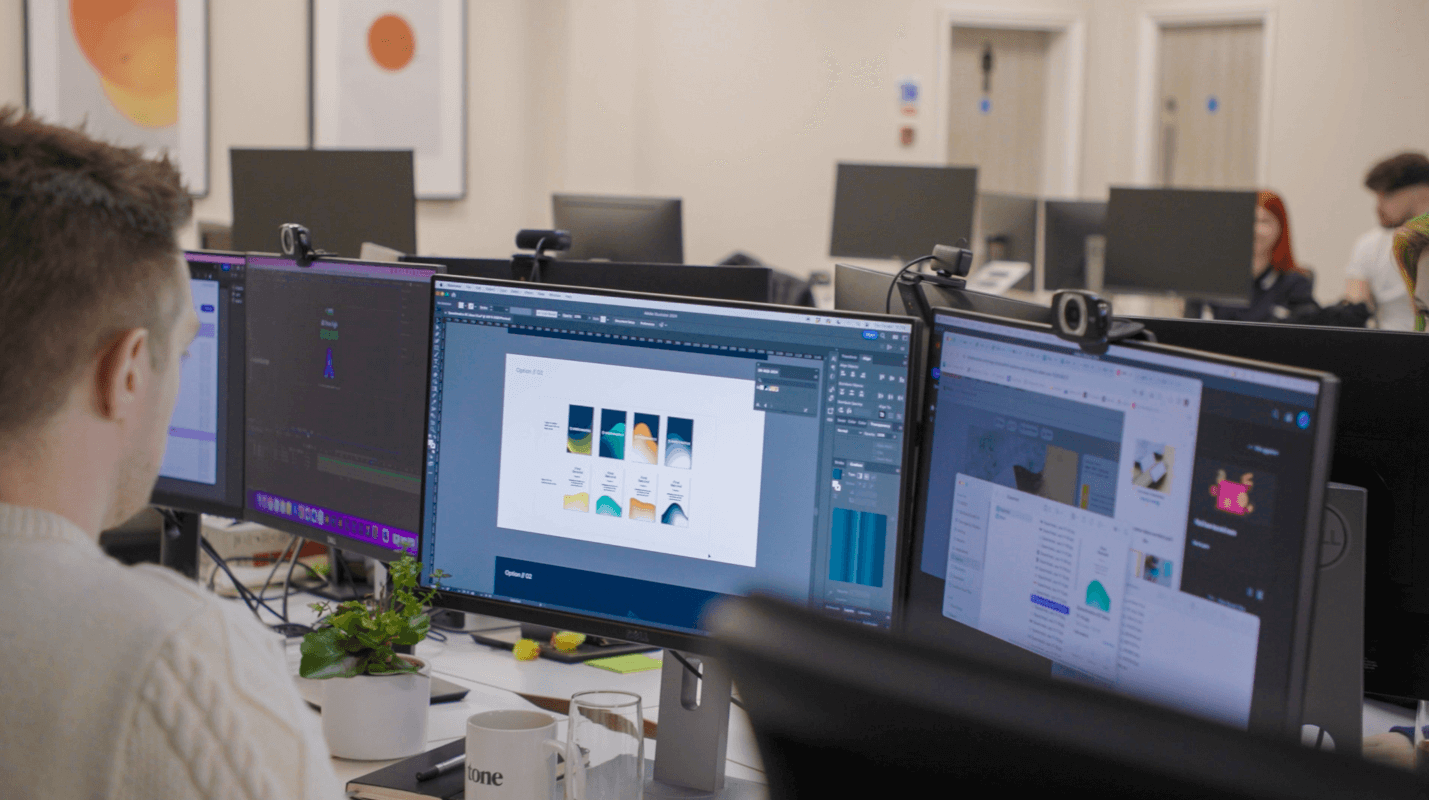
The final verdict
From increased productivity to enhanced communication, making improvements to your design workflow will boost the quality of your assets as well as the speed at which they can be delivered, resulting in better project outcomes for your clients.
If you’re struggling with slow-moving strategies, then Design on Demand could be the solution you need. Learn more on our website or book a demo and chat with our team. In just 30 minutes, we’ll walk you through our unique design approach, demonstrate how Design on Demand works and explain how you can get started.
Design team stacked?
Book a demo to learn about Design on Demand, a monthly subscription that allows you to deliver more campaigns, across more channels, more consistently. For less than the cost of one designer, you can choose from a whole agency-worth of tasks.



